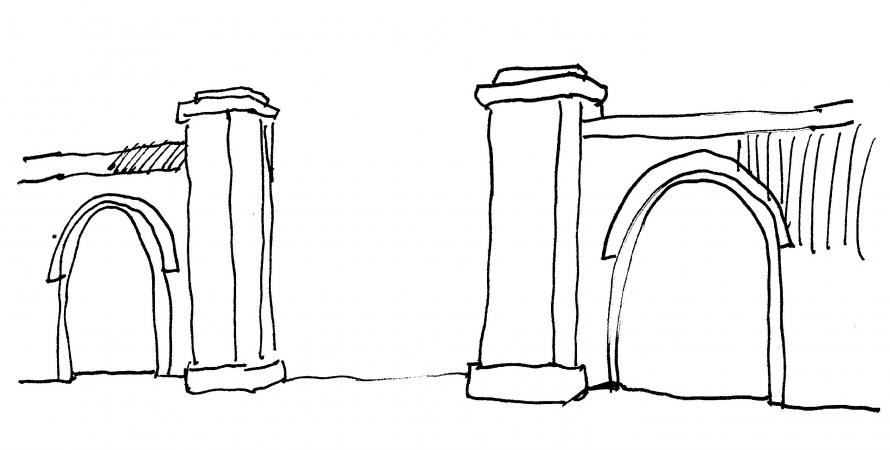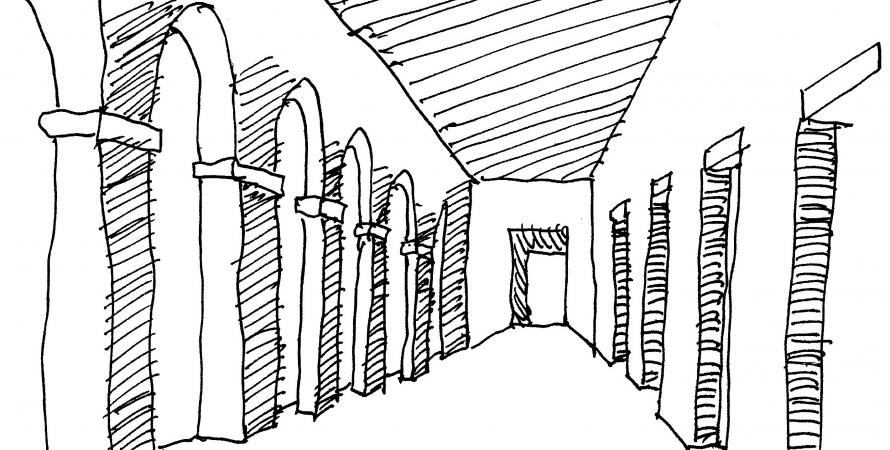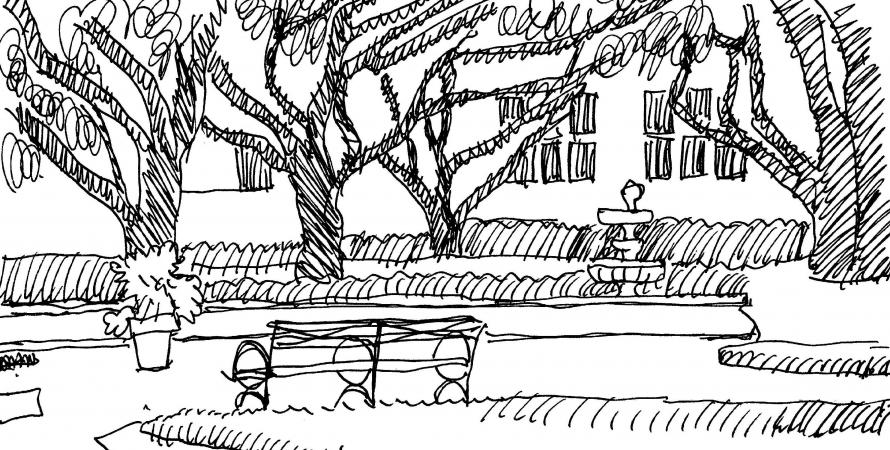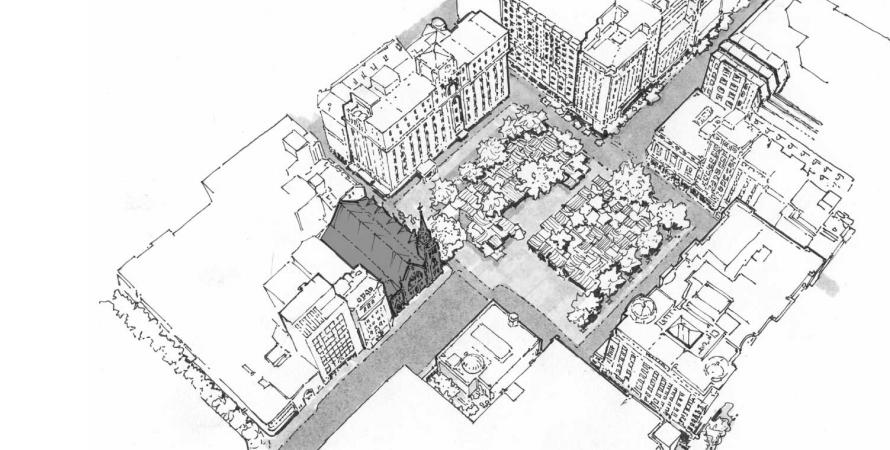-

Car-pedestrian interactions and the parking ribbon: Campus design, part 10
Giant surface parking destroys the geometrical coherence and pedestrian connectivity of a campus. The solution lies in limiting the width of the parking without reducing the number of parking spaces.Author’s note: This is the last in a series of ten essays that present innovative techniques for designing and repairing a corporate or university campus. These tools combine New Urbanist principles with Alexandrian design methods. The controlled interaction of cars with the pedestrian realm is...Read more -

How life is influenced by physical boundaries: Campus design, part 9
The boundary of a physical space counts for a major part of our spatial experience. Several distinct typologies for spaces contribute to a campus environment that is actively used.Author’s note: This is the ninth in a series of ten essays that present innovative techniques for designing and repairing a corporate or university campus. These tools combine New Urbanist principles with Alexandrian design methods. Some of us know how to generate coherent spaces. The method...Read more -

Space is experienced positively only when it is coherent: Campus design, part 8
Open space will be used when we feel that it encloses us with a semi-permeable, welcoming perimeter. The design of successful urban space therefore relies predominantly on human psychological responses.Author’s note: This is the eighth in a series of ten essays that present innovative techniques for designing and repairing a corporate or university campus. These tools combine New Urbanist principles with Alexandrian design methods. Architectural academia perversely condemned coherent urban spaces...Read more -

African urbanism made visible
Africa Drawn: One Hundred Cities“Africa is certainly not only a continent of small villages in the jungle and savannah. Its level of diverse urbanization and global network of mobility is advancing rapidly, while African metropolitan regions, cities, and towns are among the fastest growing in the world,” note the authors of...Read more